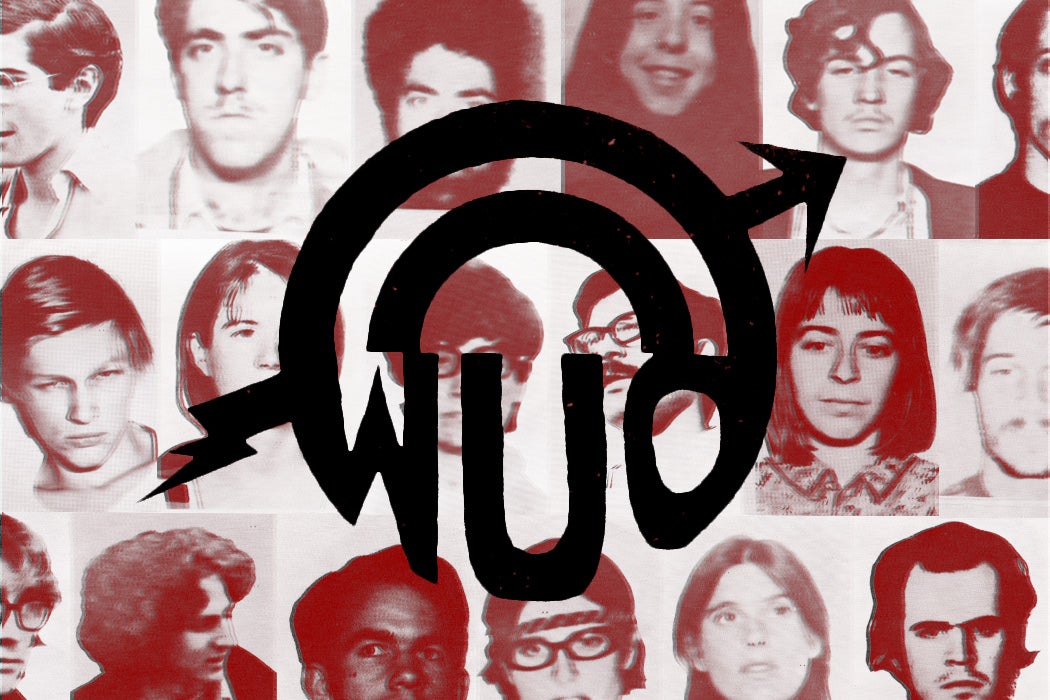On March 2nd, 1971, the U.S. Capitol building was bombed by the radical Weather Underground group, who issued a statement that the attack was “in protest of the U.S. invasion of Laos.” The bombing had no casualties. So was it an act of domestic terrorism?
Defining which politically-motivated acts of violence are terrorist, and which are not, has long been a complex calculus. Historian Beverly Gage notes that terrorism, domestic terrorism in particular, has a long American history. One notable wave of terrorism (or political violence, depending who you ask) occurred in the 1970s, when radicals lashed out against the Vietnam War, among other issues.
Scholar David Rapoport sees four waves of modern terrorism:
- the anarchist phase, from the 1880s to the 1914, which grew out of rebellious Europeans who at times brought their struggles to North America;
- the anti-colonial phase, most acutely felt during Algerian rebel attacks on French colonialists in the 1950s, as well as Puerto Rican nationalist actions in the U.S.;
- the New Left, seen in the rise of the Weather Underground in the U.S. and the Red Army Faction in Germany in the 1960s and 1970s;
- the religious phase of terrorism, seen most graphically in the 9/11 attacks.
But Gage counters that the list leaves out much of American history. She asks, what about attacks on Native Americans? Attacks on British rule which culminated in the American Revolution? The rise of the Ku Klux Klan during Reconstruction and its attacks on newly-freed former slaves?
For Gage, many of those attacks, particularly those committed by the Klan and those perpetrated against Native Americans, need to be included in the pantheon of terrorist acts.
Gage argues that while it’s tempting to assign violent acts to unstable individuals, terrorism in historic terms almost always grows out of a wider social and political context. In American history in particular, argues Gage, right-wing terrorism has been more of a factor than that precipitated by the left. Even during the heyday of the Weather Underground, she writes, the KKK was considerably more violent and active. And yet, “right-wing violence tends to attract less attention from government officials and therefore attracts less attention from terrorism experts.” The KKK’s violent deeds were often viewed as isolated acts, rather than as a campaign of political and racial terrorism, according to Gage.
Historian Ann Larabee notes a distinction between terrorism directed at property and that directed against people. Similarly, Bill Ayers, a 1960s and 1970s radical, argued that the acts of 70’s groups like the Weather Undergound’s bombing of the Capitol took place in the early morning and was “aimed at property, not people: to me they were entirely restrained.” (That said, Ayers didn’t acknowledge the potential to harm people, like janitors, who might very well have been in the Capital washroom when it was bombed).
Once a Week
The members of the Weather Underground were pursued by the F.B.I. for years, with one prominent member on FBI’s Ten Most Wanted List. While the Capitol bombing was a relatively minor event, its location, at the heart of the U.S. government, enhanced its political significance and contributed to it being designated as terrorism.
For historians, terrorism—defined as violence done for political purpose with elements of theater intended to generate drama—is more common in American history than is generally supposed. Some historians argue that its uncomfortable frequency causes observers to describe many such acts as those of deranged individuals, when in reality they are performed by organized groups attempting to sway political reality via violent means.







